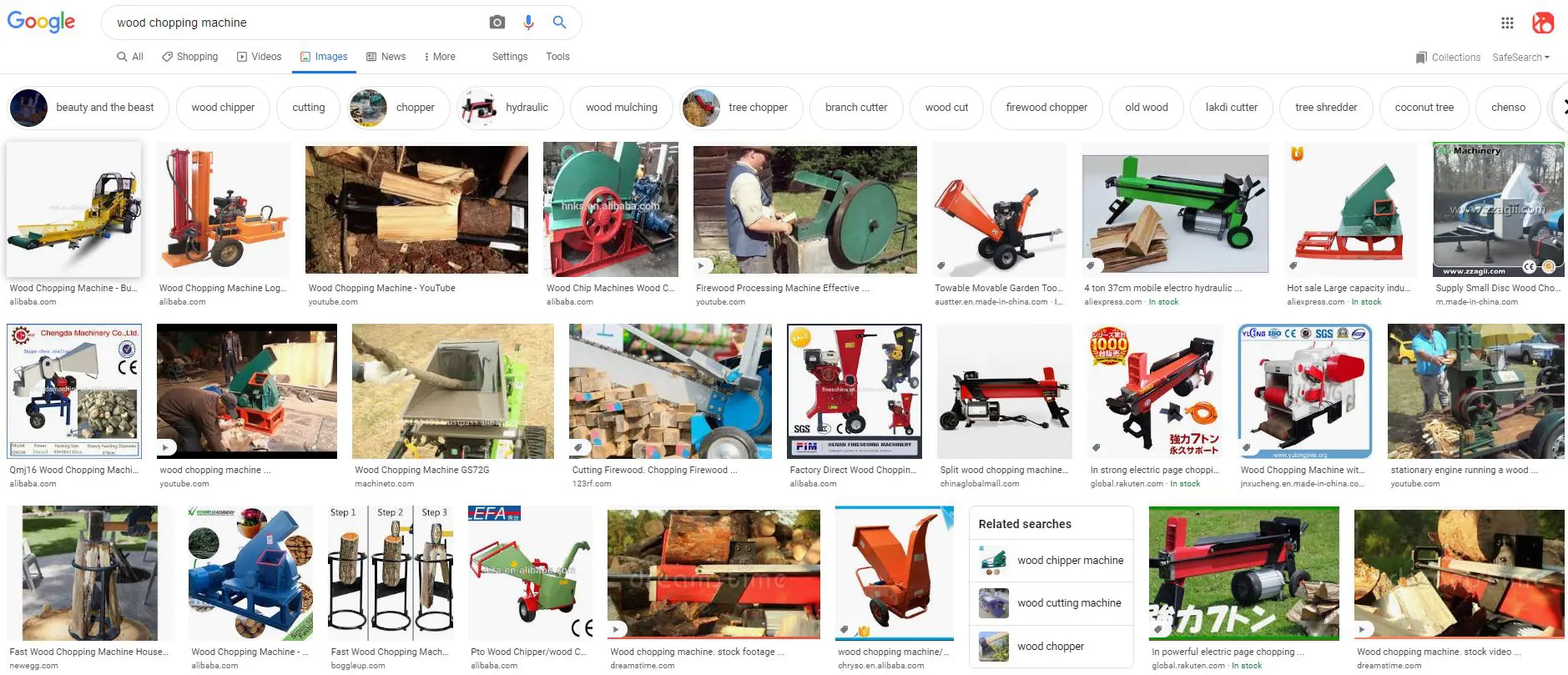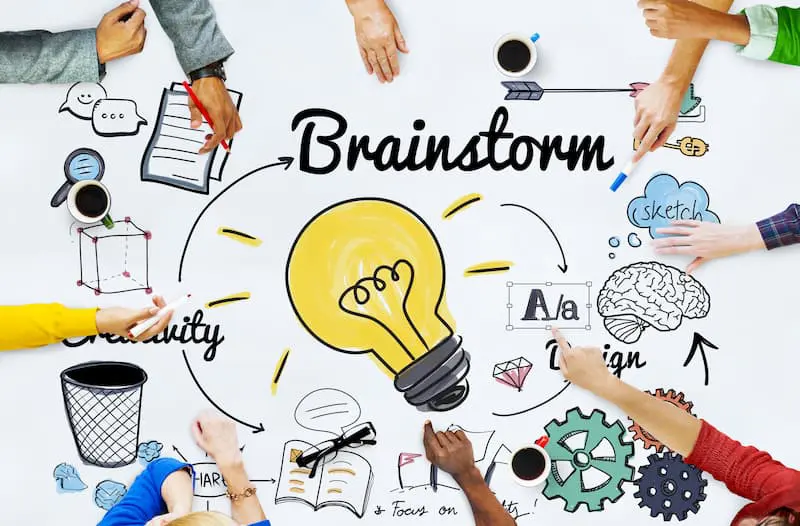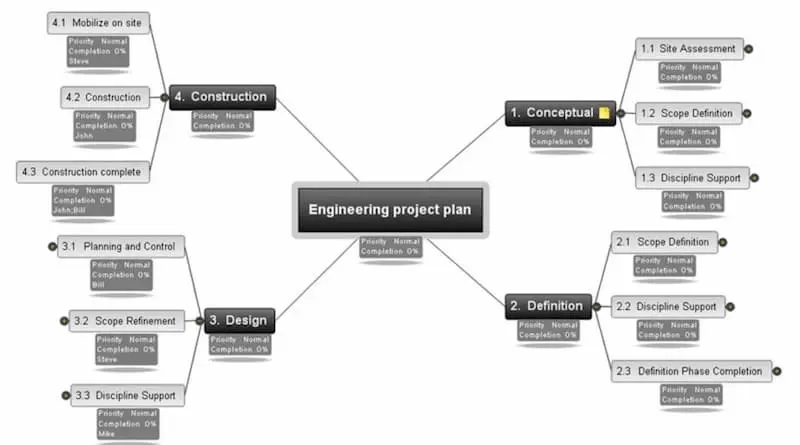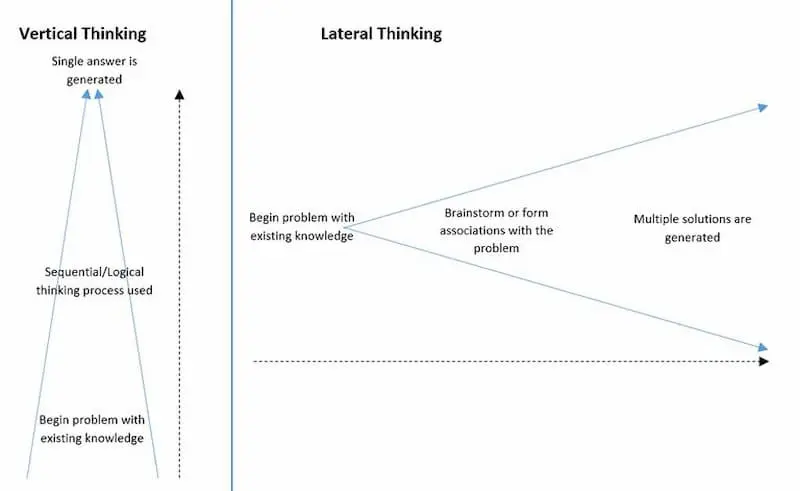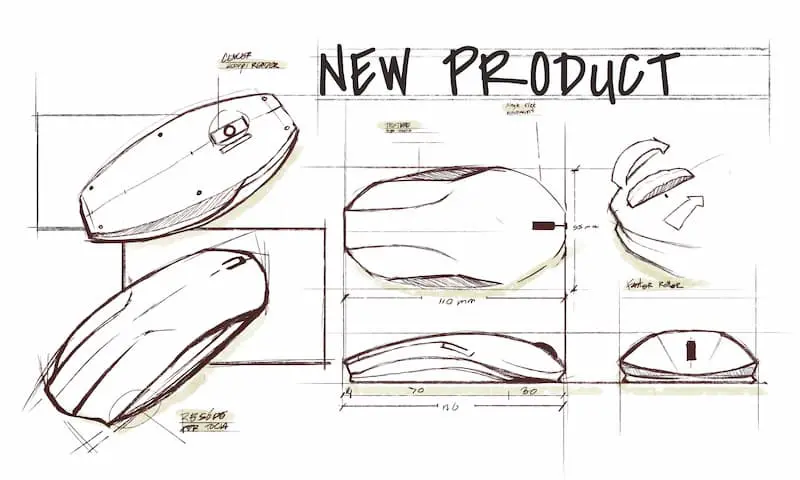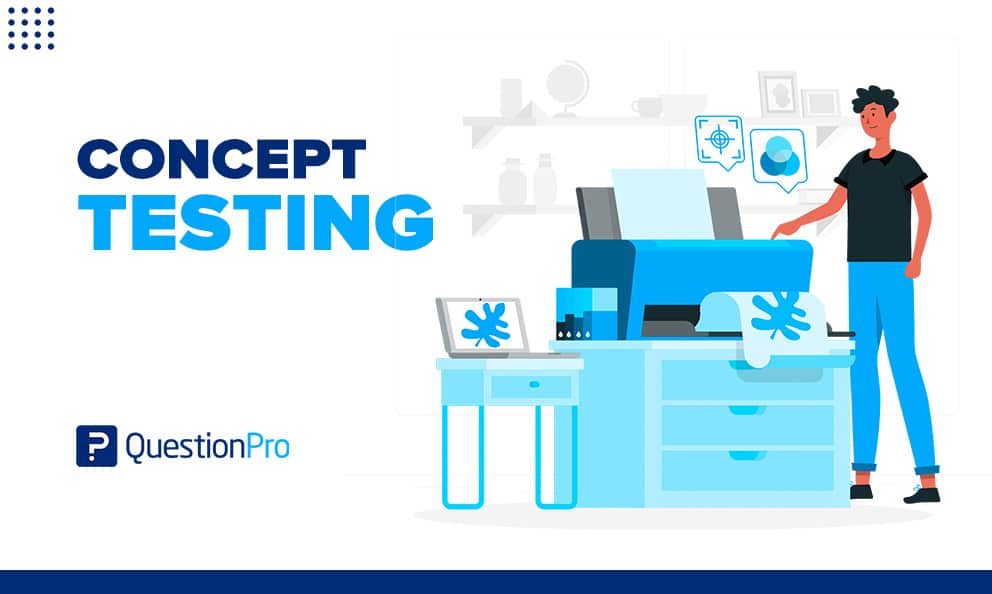
As a product manager, I get requests for adding new features to our existing products daily. Along with that, people always come up to me with new product ideas. It gets difficult to decide which feature requests to take up and which product to invest in for your organization. Especially when you consider that 95% of all product launches fail.
That’s why it’s essential to ensure that every aspect of the product and its launch is perfect. That’s where concept testing comes in.
What is Concept Testing?
Concept testing is defined as a research method that involves asking customers questions about your concepts and ideas for a product or service before actually launching it. Thus, you can gauge your customers’ acceptance and their willingness to buy and therefore make critical decisions before the launch.
In this post, we will talk about the benefits and different methods of concept testing. You will also learn how to decide which method will be best suited for your research. We will then summarize with real-world examples how concept testing was vital in helping companies launch their products successfully.
Benefits of concept testing
I always assume that every new feature or product idea I come up with will succeed. However, that’s seldom the case. Only customers can determine whether an idea will succeed, or will it crash and burn. That is why it’s vital to test your ideas and concepts before launching to your customers. The insights gathered using concept testing will help you launch effective and successful products.
Using concept testing, you can also get in-depth insights into different aspects of your idea. You can ask questions about a specific feature, look and feel, pricing, and more. Thus you can assure the validity of every detail before launching the product.
Organizations and businesses use surveys to carry out concept testing making it a simple proposition for brands of all sizes to utilize. In the following section, we will discuss the different methods of concept testing.
Concept Testing Methods
Over the years, researchers have designed and applied many different concept testing methods. These methods are categorized based on how the concepts are displayed. Each of these methods is suitable for different types of research. Concept testing is easily achieved with the help of a research platform. Here are the four primary methods of concept testing:
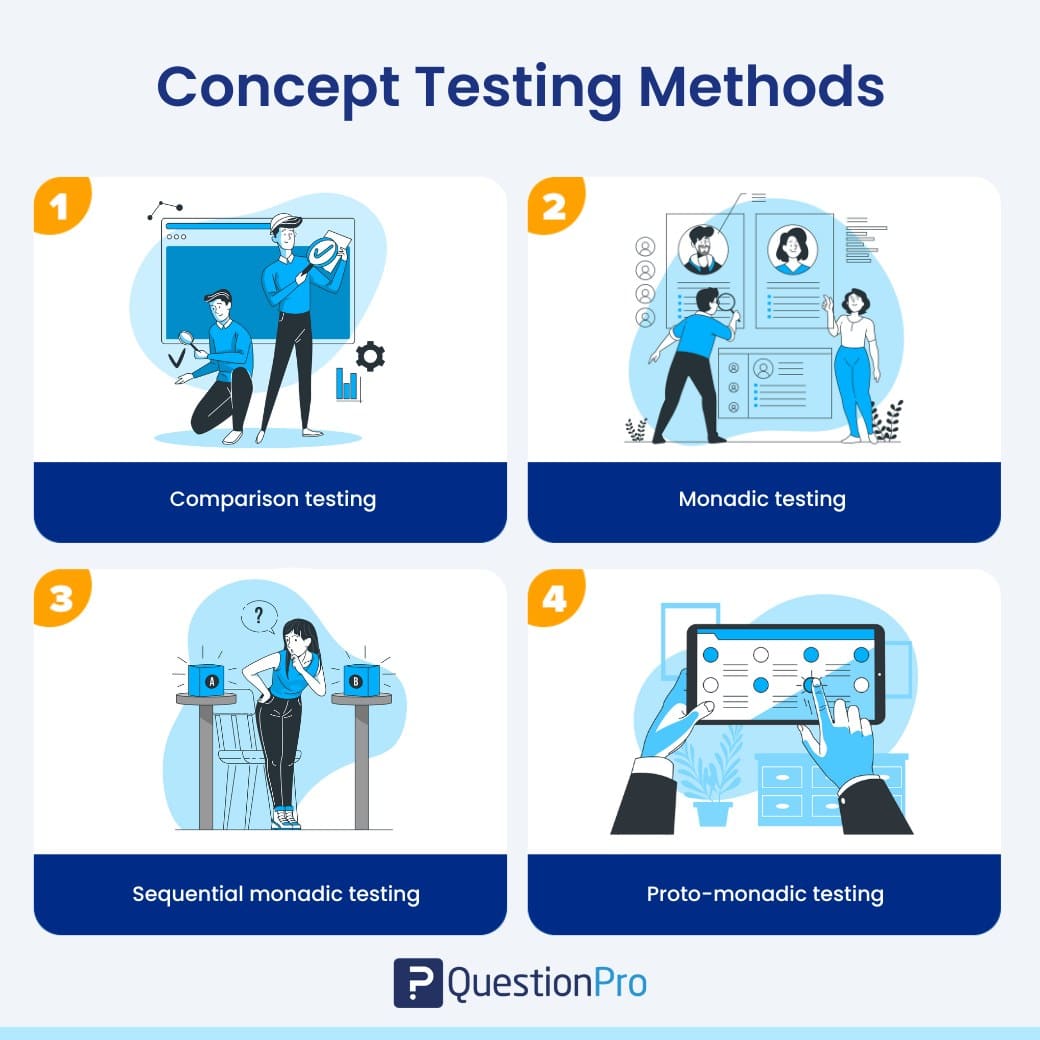
- Comparison testing
- Monadic testing
- Sequential monadic testing
- Proto-monadic testing
1. Comparison Testing
In comparison testing, two or more concepts are presented to the respondents. The respondents compare these concepts by using rating or ranking questions or merely asking to select the best concept displayed.
Comparison tests give clear and easily understandable results. It’s easy to determine which concept is the winner. However, the results lack context. There is no way to tell why the respondents choose one concept over others. It is essential to understand these details before successfully launching a product.
2. Monadic Testing
The target audience is broken down into multiple groups in a monadic test. Each group gets shown only one concept. These tests focus on analyzing a single concept in-depth. A monadic test survey is usually short and highly targeted.
Since each group of respondents sees a single concept, it is possible to go in-depth without making the survey lengthy. Researchers can ask follow-up questions about the various attributes of a concept, such as what they liked about the concept, it’s look and feel, price point, etc. Though each group of respondents sees different concepts in isolation, each concept’s follow-up questions will be the same.
Monadic test surveys are short and give researchers the flexibility to ask multiple follow-up questions. Thus the results provide more context around why a specific concept is better than others. However, since the target audience is split into multiple groups, the sample size required to conduct a monadic test is extensive. Since various concepts need testing, more significant is the sample size. The increase in sample size considerably increases the cost of research.
3. Sequential Monadic Testing
Like the monadic test, in sequential monadic tests, the target audience is split into multiple groups. However, instead of showing one concept in isolation, each group is presented with all the concepts. The order of the concepts is randomized to avoid research bias. The respondents are asked the same set of follow-up questions for each concept to get further insights.
Since each group of respondents sees all concepts, the target audience size required to perform a sequential monadic test is relatively small. Multiple concepts can be tested in a single round. Thus sequential monadic tests are more cost-effective and easy to field. This concept testing method makes it ideal for research with budget constraints or when only a small target audience is available.
However, since all the concepts are presented to each group of respondents, the questionnaire’s length is fairly long. This affects the completion rate and might introduce non-response bias. Researchers can reduce the length of the questionnaire by limiting the number of questions. However, this affects the depth of the collected insights.
Sequential monadic tests are also subject to other biases, such as interaction bias or order bias.
4. Protomonadic Testing
A protomonadic test includes a sequential monadic test followed by a comparison test. Here, respondents first evaluate multiple concepts and then ask to choose the concept they prefer.
This design is useful to validate the results from the sequential monadic test. Researchers can verify if the concept selected in the comparison test is compatible with the insights collected about each idea.
This article explains how to choose the best-suited concept testing method for research.
Once you have finalized the method you will be using; you must design a survey for conducting your test. Creating a survey and then effectively using a block randomizer offers the best results. The following section will discuss the guidelines and best practices for creating an effective concept testing survey.
Concept Testing Survey Design
Concept testing is achieved by using an online survey. The survey needs to be designed to analyze respondents’ feelings about your concepts or ideas. The data collected using these surveys are then used to determine what customers prefer or reject your idea. Here are a few tips to help you design a helpful concept-testing survey.
1. Set an objective for your survey
Once you set an overall objective for your survey, it becomes easy to come up with questions that will collect pertinent insights about your concept. It helps to think about the actual motive of the test and the particular details that you want to learn from your customers. Thus you can design a survey with relevant questions and gather meaningful information about your customers’ viewpoints.
2. Consistent survey design
It’s always a good practice to group related questions using survey blocks. Survey blocks help create a well-ordered flow for your surveys and make it easier for the respondents to answer them. Respondents can easily focus on one area of your concept without any distractions and provide accurate and insightful feedback.
3. Likert scales
Likert scales are rating scales with an odd-numbered series of answer choices, usually between five to seven. You can include Likert scale questions in your survey to ask the respondents to rate their opinion on a five- or seven-point scale from “strongly agree” to “strongly disagree.” Using Likert scale questions creates a consistent design for your survey, making it easier for respondents to answer. Moreover, it’s easier to analyze the data collected using Likert scales.
4. Include images
“A picture is worth a thousand words.” This idiom is true when you want respondents to provide feedback about a visual concept. Logo testing is a good example where it makes sense to use images instead of text. You can display different concepts of your logo design to your respondents and select the one they like best. This negates any bias and provides easily digestible results.
5. Demographic questions
It’s essential to include demographic questions in your survey to ensure that the respondents are part of your target audience. You may receive negative feedback about your concept. However, it may not be a reflection on the idea itself. Rather the respondent may not be part of your customer base and isn’t interested in your product. It’s essential to have demographic survey questions to ensure your concept will be successful with your ideal customers.
Now that you know how to design a helpful concept testing survey, let’s look at some use cases where concept testing is applicable.
Concept Testing Use Cases
Here are some of the most common use cases where concept testing can be applied:
Product development
Concept testing is widely used by companies to make decisions while developing new products. You can find out which features customers care about and which ones are to be given a miss. You can also get an idea of what pain points customers face with existing features.
Using a usability testing survey and concept testing, you can gauge customers’ expectations, make adjustments, and launch your product successfully.
If you wish to save time, you can use one of our expertly designed survey templates for product concept testing.
New homepage design
Redesigning the homepage for your website can be tricky. For most SaaS and eCommerce businesses, the homepage is the first touchpoint with potential customers. That’s why you must get everything right while redesigning your website.
Using concept testing, you can present your designs to customers who will interact with them and get a clear idea of what they feel. Using these results, you can iron out flaws in the design and be ready for a perfect launch.
You can use our website feedback software and the subsequent guidelines to design a survey to test your homepage.
Testing a new logo
Your logo is a vital part of your company’s brand. More often than not, it’s the first thing customers notice about your business. Therefore, while designing a new logo, it’s essential to know how customers might react to the new design and visually communicate your brand.
Concept testing is a great way to test different designs and develop a logo that resonates with your customers.
Offers and pricing
Concept testing comes in handy when you plan to offer discounts for a new product or implement a new pricing structure altogether. It’s important to test your customers’ initial response and identify the features and perks that will excite them.
You can run a concept test on your upgrade pages or discount offers to gauge if your customers are interested.
You can use the monadic test design to conduct your pricing research.
Ad testing
It’s common practice to test website ads, banners, and images to identify the best possible combination. Concept testing can provide insights such as which ad grabs the most attention or results in most conversions.
Since the feedback comes directly from consumers, you can trust its internal validity and plan your advertisement and marketing strategy accordingly.
This article will help you get started with ad testing.
Now that we have gone through the different use cases of concept testing, we will learn about some real companies that used concept testing to their advantage in the next section.
Concept Testing Examples
Some good examples of concept testing are:
Tesla
Tesla launched its Model 3 in 2017 and made headlines worldwide. Tesla used a unique launch strategy by using concept testing to gain approval from customers and raise capital.
The participants were presented with the Model 3 concept. Once they were familiar with the car’s different features and benefits, they could put down a deposit. This strategy was a huge success, and Tesla raised $400 million.
Thus, using concept testing, Tesla gathered invaluable customer feedback and financial resources to go ahead with their launch.
Lego
Lego always faced difficulties selling its products to the female demographic. Despite their best efforts, only 9% of their toys were purchased by young girls. Lego decided to invest heavily in conducting concept testing and market research over an extended period to change this. This research’s primary objective was to understand young girls’ play habits.
This research made them realize that girls preferred to build entire environments rather than stand-alone structures. Girls also focussed more on interior layouts and structure details.
Using these insights, Lego decided to design a whole new line of products catered to the female demographic – Lego Friends. This series launched in 2012 and tripled the value of construction toys for girls from $300 million to $900 million in 2014.
Yamaha
Yamaha is one of the largest producers of musical instruments in the world. While designing their Yamaha Montage keyboard, the company faced difficulties deciding whether to use knobs or sliding faders. So they decided to do a concept testing survey with their customers to gauge their preferences. After collecting over 400 responses from musicians worldwide, they were ready to make their decision. What might have taken weeks to debate internally, was resolved within a day.
NASCAR
NASCAR decided to change the format of its most significant race in 2017. They wanted to collect feedback about viewer experience following the change. This project was critical since the revenue that NASCAR generates via advertising was directly influenced based on viewership.
NASCAR engaged in a concept testing and research study with over 200 super fans to gauge their experience, thoughts, and response to the events and advertisements. This study helped NASCAR validate its new format. They also collected vital insights that enabled them to launch the new race format successfully.
As you can see, from products to advertisements, it’s critical to marketing test your concepts with the target audience to understand what will work and what won’t before going ahead with the launch. The ability to understand the viewpoint of your customers is more vital than ever before.
Using concept testing, you can enhance your product development and marketing strategies, reduce the time required to market and launch your product, and keep your customers happy.
